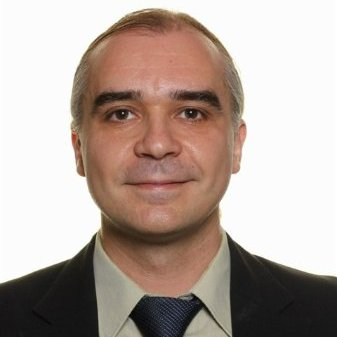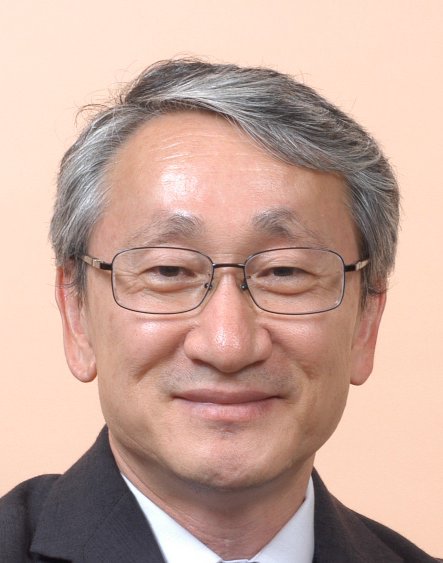Archives > Archives 2016
 |
Future challenges on DC microgrids
par Pr. Josep M. Guerrero
Microgrid, Dept of Energy Tech. Aalborg, Denmark
Le 3 juin 2016 |
| A microgrid is an electrical distribution network consisted of distributed generators, local loads, and energy storage systems that can operate in grid-connected or islanded modes. Different technologies are combined together, such us power converters, control, communications, optimization, and so on. This way the energy can be generated and stored near to the consumption points, improving the stability and reducing the losses produced by the large power lines. In distributed energy systems like microgrids, multi-agent systems technologies will be presented distributed control is a powerful tool for distributed. Previous experiences in the Danish electrical system like the Cell Controller project used these technologies to balance dispersed energy generation and consumption. Other examples of real sites including conventional islanded systems installed in islands and rural remote areas will be shown. Finally, low-voltage distribution systems and DC microgrids for residential applications and homes will be introduced. New worldwide projects to develop technologies for low voltage DC distribution systems will be shown. |
| |
|
 |
Hayabusa, first mission to an asteroid: scientific and technological challenges
par Junichiro Kawaguchi
Doctor of Engineering. Principal and Professor of the Research Division of Sapce Systems Engineering, Institute of Space and Astronautical Science/JAXA, Japan
Le 25 mars 2016
|
The japanese space mission Hayabusa was the first Sample & Return mission from a Near Earth Asteroid. Launched on 9 May 2003 from the japanese Kagoshima Space Center, Hayabusa travelled during two years to reach the Itokawa asteroid. After some proximity studies, Hayabusalanded on the surface and could collect some dust from the surface, overcoming some technological problems. The sampled dust returned on Earth ground in 2010. Professor Junichiro Kawaguchi, Hayabusa's Project Manager, will presents some technological and scientific aspects of this mission.
The Hayabusa mission had a high engineering importance for Jaxa in order to test new technologies in the fields of ion engine, close movement around objects with low gravity, autonomous and optical navigation. From the mission analysis to the spacecraft rendez-vous powered by recently developed ionic thrusters, technological and computational challenges were overcome. In fact, the way of combining low thrusts and gravitational assistance to change orbits or ballistic reentry from interplanetary orbit were of great interest. Furthermore, the design of the touch down and the sample recovering were some difficult problems for which new solutions had to be invented.
All these technological achievements served the scientific aspects of Hayabusa mission. Scientists' understanding of asteroids has been greatly improved by studying meteorite samples. However, matching up meteorite samples collected on earth with the exact asteroids from which they came is an issue. Hayabusa has helped to overcome this setback by bringing back pristine samples from a specific, well-characterized asteroid. In other words, Hayabusa bridged the gap between ground observation of asteroids and laboratory analysis of meteorite and cosmic dust collections. |
|

